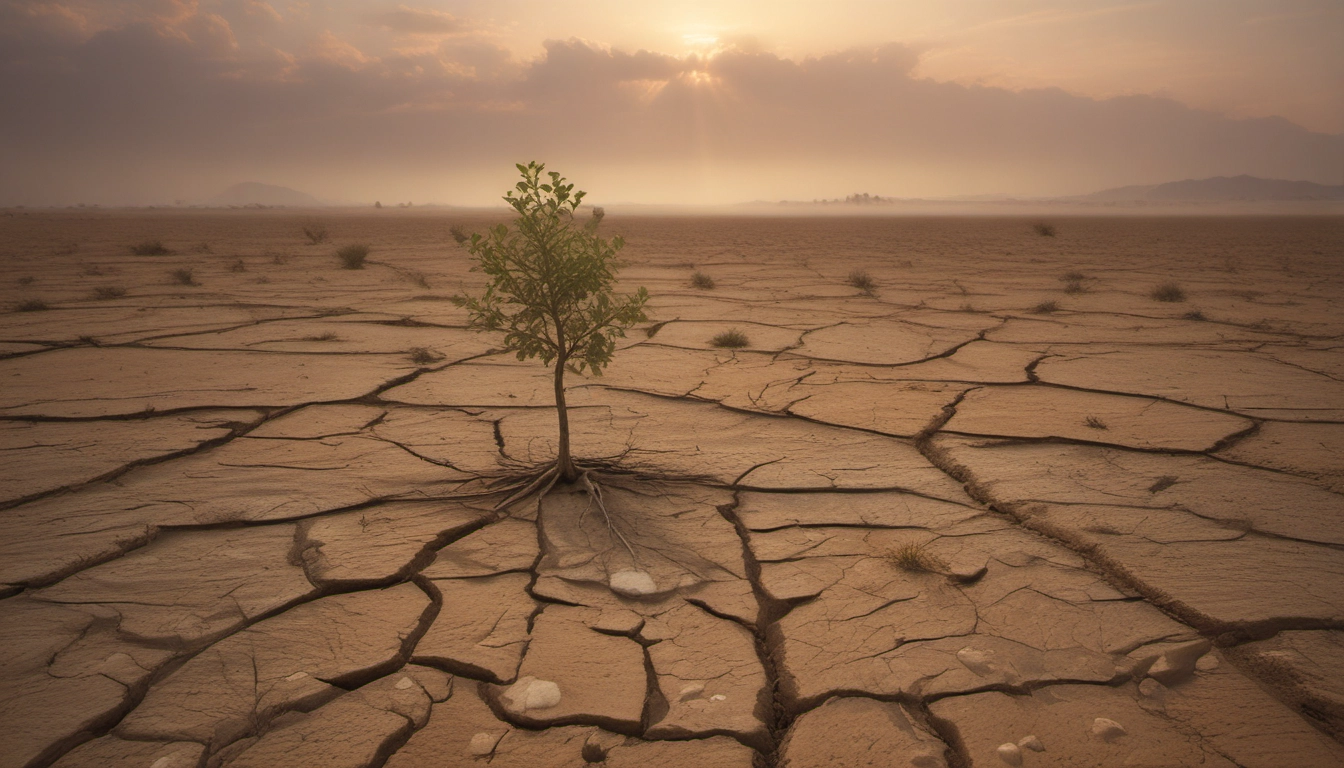Climate Change in 2050: What to Expect
By 2050 the world will likely be 1.5'C or more warmer, with higher seas and more extreme weather. This guide explains impacts and actions.

Short answer: What to expect by 2050
By 2050 the world will very likely be warmer, with more heatwaves, stronger storms, and higher seas. Scientists say a 1.5–2'C rise above pre-industrial temperatures is likely if we do not cut emissions fast. For clear data and models, see the IPCC report and the U.S. Climate Science summary.
How hot will it be?
Global average temperatures are already about 1.1'C above 1850-1900. Models show temperatures will reach roughly 1.5 to 2'C higher by mid-century unless emissions fall quickly. A recent modeling study found a high chance the hottest years will exceed 1.8'C and may breach 2'C even if we reach net-zero in the 2050s; read the Stanford summary for details.
Why that matters
- Heatwaves will become more common and stronger, risking health and crops.
- Warmer air holds more moisture, so storms can dump more rain.
- Some climate feedbacks, like wildfires and melting permafrost, can speed warming. The Nation explains how feedback loops can make fires and warming worse.
How high will the seas rise?
Sea level rise will be clear by 2050. NOAA projects about 10 to 12 inches (25 to 30 cm) on average for U.S. coastlines by 2050, roughly the same rise we saw in the past 100 years. See the NOAA factsheet at NOAA Coast.
Who is most at risk
- Low-lying coastal towns and cities face more flooding and storm damage.
- Ports and wetlands will be harmed, affecting trade and nature.
- Property values in flood-prone areas may drop if risks rise.
Weather, water, and ecosystems
Expect more extremes. Some places will have heavier rain and floods. Others will have longer droughts and worse wildfires. NASA reports wildfire areas in the U.S. West could grow two to six times by 2050 if trends continue; read more at NASA Science.
Warmer oceans change currents and marine life. Coral reefs suffer from heat and bleaching. Rivers and farms will feel shifting rainfall and water shortages in some regions.
Food, health, and people
Climate change affects health. The World Health Organization warns climate hazards will increase heat-related illness, undernutrition, and disease. Between 2030 and 2050, they estimate about 250,000 extra deaths per year from just a few causes like malaria and heat stress.
Food systems face pressure: heat, drought, and floods can cut crop yields. Models suggest crop losses and shifts in where food can be grown, raising risks for food prices and security.
Regions will feel it differently
Not all places change the same way. Coastal cities face flooding and sea-level rise. Hotter regions like parts of Africa, Australia, and the Amazon see more fires and drought. Cold places may lose ice and permafrost, releasing carbon and changing landscapes. For regional details and projections, see the accessible summary at UCAR.
What about net-zero and limits like 1.5'C?
Keeping warming to 1.5'C requires global CO2 emissions to reach net zero by about 2050, according to the IPCC. That means fast cuts in fossil fuel use, more clean energy, and some carbon removal. If we delay, risks and costs grow.
Simple actions that help you and the planet
Everyone can take steps. Below are personal and community actions that matter:
- Prepare at home: Know local flood maps and buy flood or storm insurance if you live on the coast. Consider higher foundations if building or renovating.
- Health and heat: Learn heat-safety steps: stay hydrated, use cooling centers, and check on neighbors during hot spells.
- Food and water: Grow climate-resilient foods when you can and reduce food waste. Saving water helps in drought-prone areas.
- Vote and engage: Support policies that cut emissions and fund adaptation. Policy choices shape how severe impacts are.
One data point and one implication
Data point: Global temperatures are already about 1.1'C higher than pre-industrial levels (IPCC). Practical implication: Even this small rise has raised heatwaves and wildfire risk; more warming will multiply those harms and make adaptation costlier.
Questions people ask
Will my city be underwater by 2050?
Most large cities will not be fully underwater by 2050, but many will face more frequent flooding. Check local projections and the NOAA guidance for U.S. coasts or national agencies in your country.
Can technology save us by 2050?
Technology helps: clean energy, batteries, and carbon removal can cut warming. But technology alone is not enough; we must cut emissions fast and plan for changes we cannot avoid.
Where to read more and trusted sources
- IPCC Special Report on 1.5'C: for global pathways and limits.
- NASA Climate Effects: for clear explanations of impacts like wildfires and sea-level rise.
- Climate.gov: for U.S. temperature and model summaries.
- WHO on climate and health: for health risks and equity concerns.
Bottom line
By 2050 the planet will be measurably warmer and more extreme. The exact outcome depends on choices we make now. Faster cuts to emissions lower risks, while delay makes impacts worse. Learn your local risks, take practical steps to prepare, and support policies that speed the transition to net-zero.


